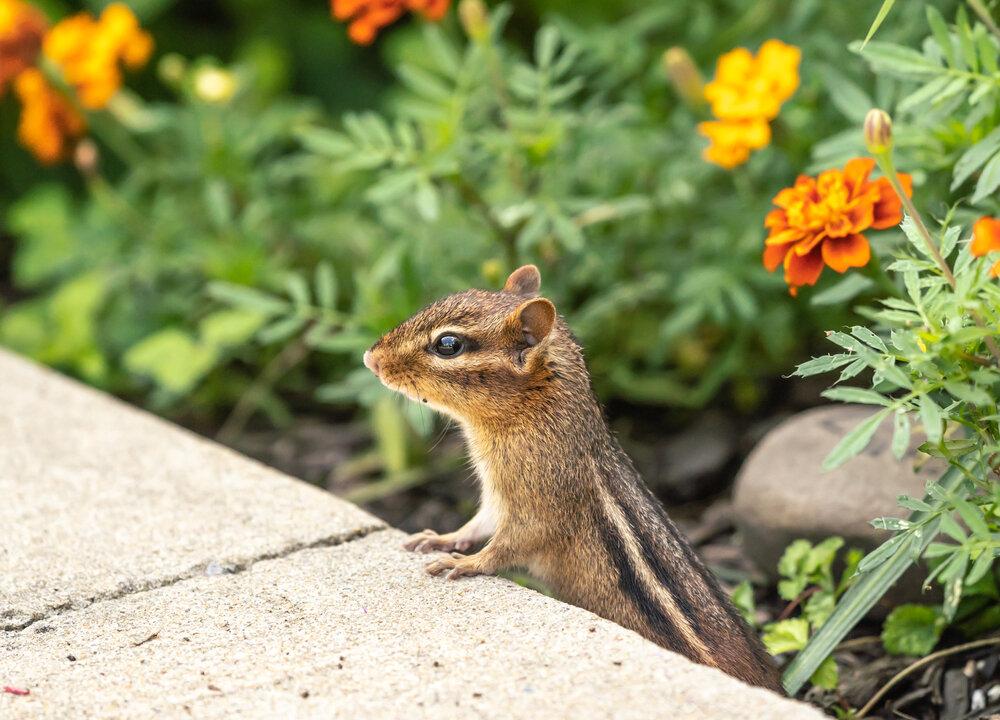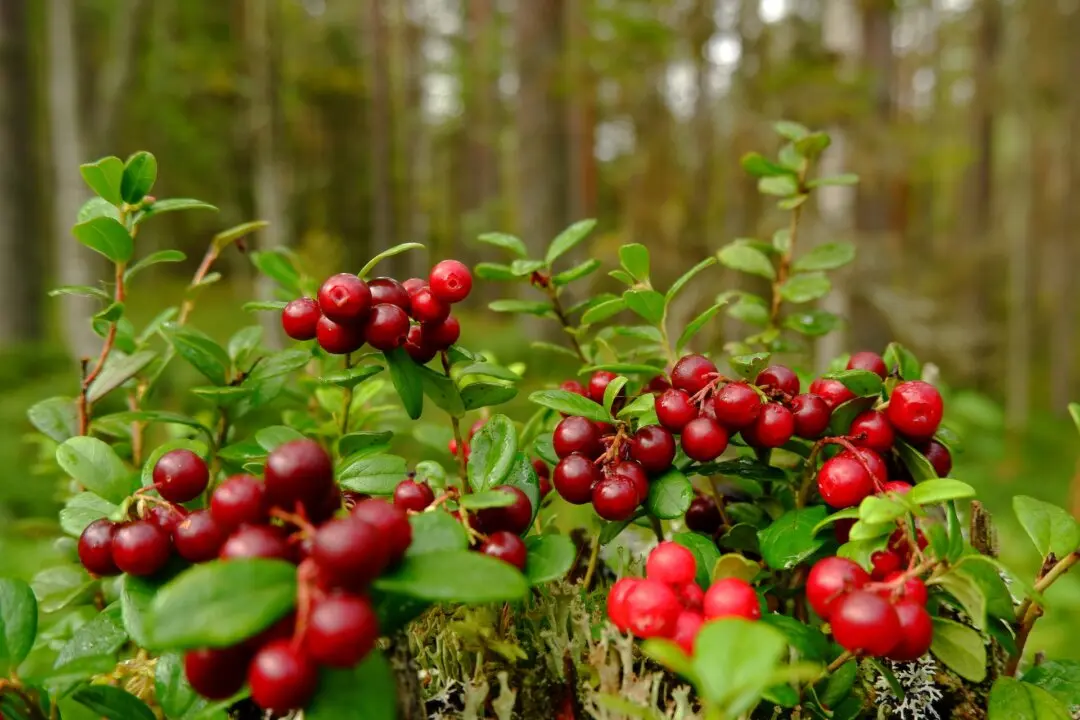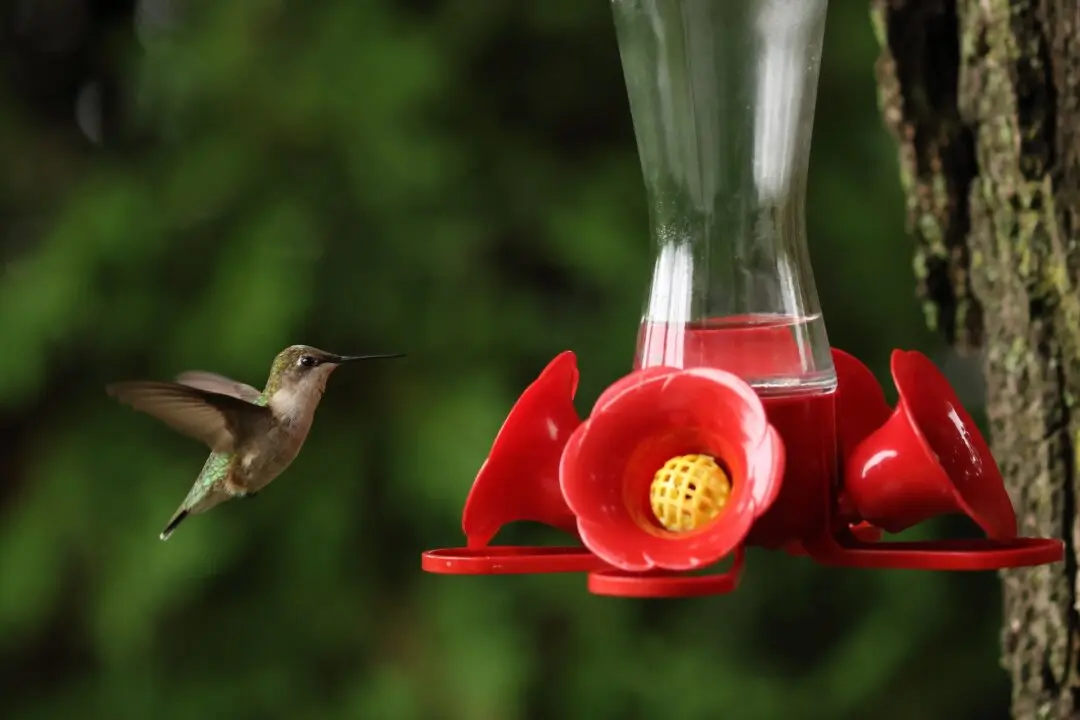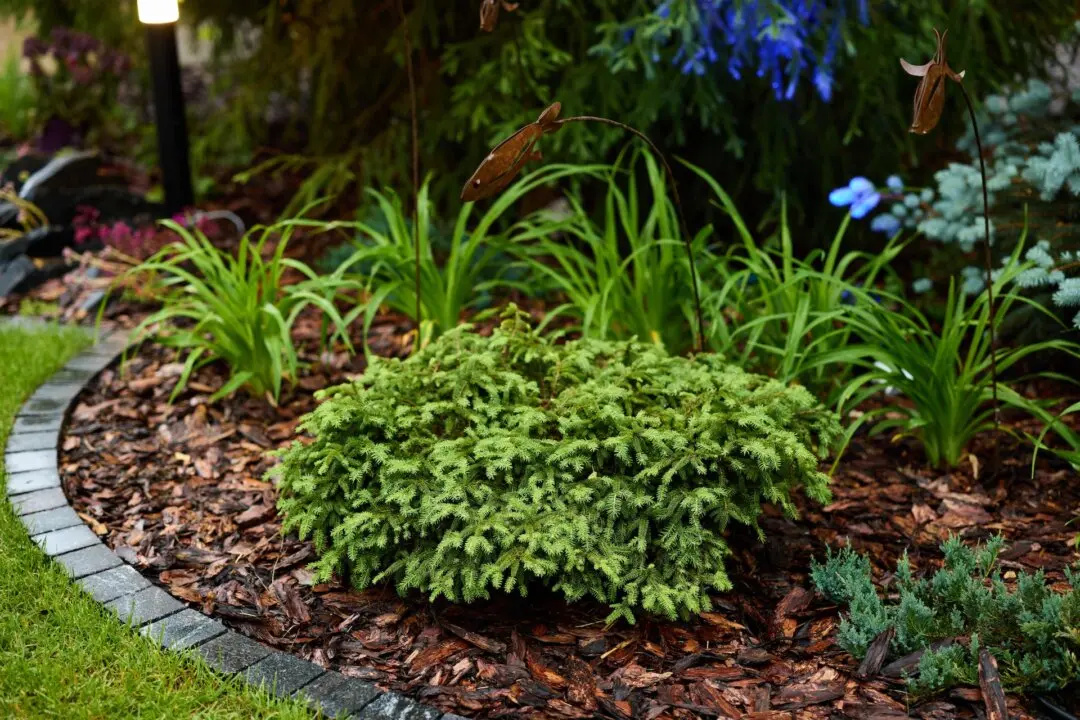Question: Fall is coming, and I need to move my houseplants back indoors. I noticed that some have a fungal type of growth on the soil surface. Is this condition harmful?
Answer: There are several types of fungi and algae that can grow on the soil surface in potted plants. I even found some rare liverworts growing on some nursery plants one time.





